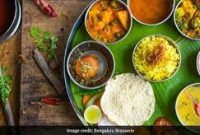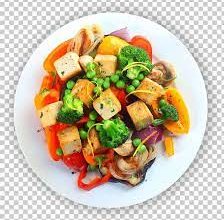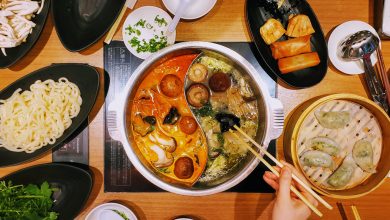the most delicious food in the world:
Which nation or area produces the “most delicious” food in the world is a highly individualized issue based mostly on personal preference. Individuals may have distinct tastes in food, thus something that one person finds appetizing may not appeal to another. Individual palates, life experiences, and cultural backgrounds all have an impact on food preferences.
Many nations and areas are well-known for their distinctive and tasty cuisines, and they all have signature dishes that are highly regarded. Among the most popular food locations in the world are:
- Italy: Known for its rich tastes, fresh ingredients, olive oil, and a diverse range of foods including pasta and pizza.
- France: renowned for its mouthwatering cheeses, pastries, wines, and traditional fare like boeuf bourguignon and coq au vin.
- Thailand: renowned for its flavorful and fiery cuisine, which includes Tom Yum soup, pad Thai, and green and red curries.
- India: renowned for its savory and varied food, which includes an extensive selection of vegetarian meals, biryanis, and curries.
- Japan: renowned for emphasizing the natural tastes of its ingredients in meals like tempura, sashimi, and sushi.
- Mexico: renowned for its colorful and fiery food, which includes salsas, guacamole, enchiladas, and tacos.
- Greece: renowned for its Mediterranean food, which includes Greek salads, souvlaki, and moussaka.
- China: provides a broad variety of flavor-filled regional cuisines, including as Cantonese, Hunan, and Sichuan delicacies.
- Spain: renowned for its seafood specialties, tapas, and paella.
- Morocco: renowned for using spices like coriander and cumin, as well as for its tasty tagines and couscous.
It’s crucial to keep in mind that what is deemed “delicious” varies greatly depending on personal preferences and cultural upbringing. A dish that one person thinks is the best may not taste the same to another. One of the things that makes the world of food so interesting and varied is discovering new cuisines and flavors.

Most delicious food causes:
Eating causes us to feel pleasure because of a complex interaction of physiological, psychological, and sensory elements. The “most delicious” cuisine can elicit a range of emotions and feelings, which are impacted by several elements:
- Taste: One of the main senses that influences how good a cuisine is viewed is taste. Different combinations of the five fundamental tastes—sweet, salty, sour, bitter, and umami—create a vast array of flavor profiles.
- Aroma: The way we perceive the flavor of food is significantly influenced by its scent or smell. Food’s overall flavor is influenced by aromatic molecules, which are strongly related to our sense of taste.
- Texture: Food’s texture, which includes elements like crispiness, softness, and creaminess, can have a big impact on how good we find it. A nice contrast and mouthfeel may be achieved by combining different textures.
- Visual Presentation: The presentation of a meal may influence how good people think it is. A meal might taste better when the colors and arrangements of the food are visually appealing.
- Cultural and Personal Preferences: What is deemed tasty is greatly influenced by personal and cultural origins. Foods that are significant to oneself or one’s culture are frequently seen as tastier.
- Nutritional Content: Some meals are pleasant and fulfilling because of their nutritional value. Foods high in sugar and fat, for instance, can cause the brain to react pleasurably.
- Memories and Associations: The perception of a food’s deliciousness might be influenced by recollections and experiences from the past. For example, those who have positive associations with comfort foods find that they taste better.
- Social and Emotional Context: The experience of taste can be enhanced by the social and emotional setting in which a meal is enjoyed. Eating with family and friends or celebrating a particular event might enhance the flavor of the dish.
- Chemical Reactions in the Brain: Eating delectable meals can cause the brain’s “feel-good” chemicals, such endorphins and dopamine, to be released, making eating enjoyable.
- Culinary Techniques: The seasoning, marinating, and cooking processes that are used to produce a dish may have a big influence on how good and flavorful it is.
- Balance of Flavors: A well-balanced combination of flavors, like the contrast between sweetness and saltiness in a well-prepared dessert, can heighten the sense of delectability.
- Freshness and Quality of Ingredients: A dish’s flavor and deliciousness may be significantly influenced by the quality and freshness of the items used in it. Tastier recipes frequently include products that are locally produced and of higher quality.


The most delicious dish is ultimately a very personal opinion that varies from person to person. A distinct sense of what is tasty is the result of a confluence of sensory experiences, cultural influences, individual preferences, and psychological variables.




